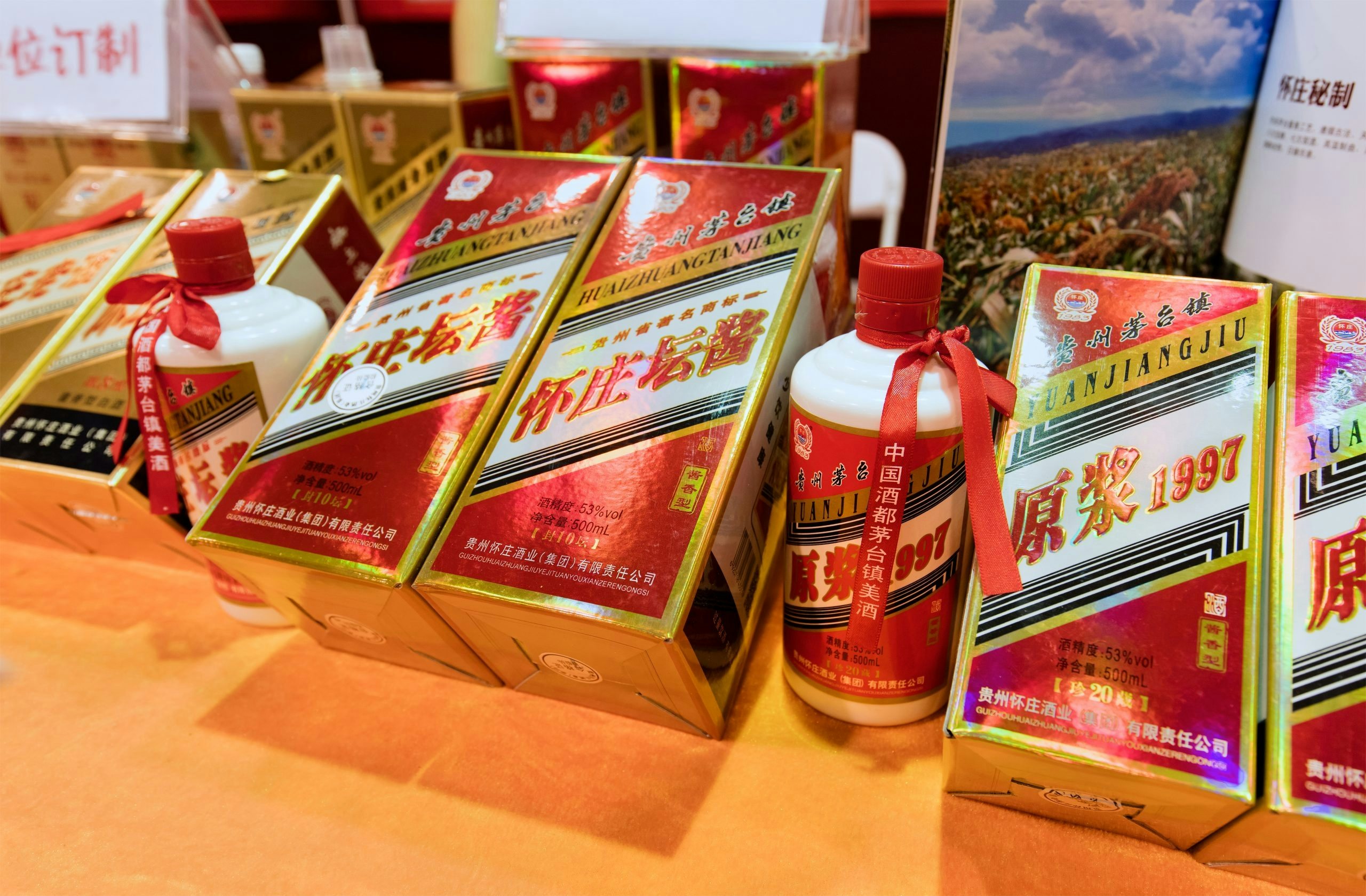Chinese consumers’ alcohol beverage preferences, much like those of their peers elsewhere, are changing – they are prioritising quality over quantity and sustainability over extravagance, and exploring a diverse range of premium options.
Experts say that grasping and aligning with these evolving trends can help foreign brands flourish in China's dynamic alcoholic drinks market.
According to insights provided by IWSR, a global alcohol data and trends provider, China's alcohol beverage market is undergoing profound changes this year after a challenging 2022.
IWSR forecasts alcohol beverage consumption in China will decline by 0.4 percent per year between 2022 and 2027, on average. Despite declining alcohol volume, premiumization is expected to propel the market's value by $41.7 billion over the same period.
Less but better#
Rodolphe Lameyse, CEO of Vinexposium, an organizer of wine and spirits events, says Chinese consumers are joining the global trend of "drinking less but better.” They are showing a growing preference for sustainably produced wines, including organic and natural varieties, and local wines, which resulted in wine imports dipping last year.
He points to rising interest in premium and ultra-premium wines, driven by consumers' relaxed attitude to extravagant purchases, especially after years of the pandemic-related restrictions.
“There's also a strong interest for more sustainable wines, which justify a higher spend,” Lameyse says. “There's optimism that they will explore and adopt more premium and imported wine options. While some consumers are ready to spend a pretty penny for rare whisky or cognac, the same could be applied to wine, including Chinese wine.”
IWSR's data reveals a clear trend of premiumization across multiple categories in China, including beer, sparkling wines, and whiskies. Chinese consumers are increasingly favoring ultra-premium choices, and higher-priced beverages.
Whisky is winning#
Notably, single malt Scotch whisky has grown strongly, with an increasing number of consumers opting for it on a regular basis. According to IWSR, half of single malt enthusiasts are now consuming the drink more frequently, and four out of every 10 express willingness to spend more on each bottle.
The evolving tastes of Chinese consumers for high-end spirits has pushed their spending on Scotch whisky to a record high, with the total value of this market last year reaching 233 million pounds ($289million), according to the Scotch Whisky Association. Mainland China now ranks as the sixth largest market by value, having grown over 250 percent in the past decade.
“The rise in value of single malt exports to China is a clear indication of the increasing premiumization of the market and growing appreciation among Chinese consumers for Scotch whisky,” says Emily Roads, head of Asia Pacific trade at the Scotch Whisky Association.
“The Scotch whisky industry has long viewed China as an important export opportunity. As the biggest spirits market in the world, with prosperity increasing alongside consumers’ knowledge of brands, distilleries and expressions, there is opportunity for Scotch whisky companies of all sizes to export their products,” Roads says.

Premiumization and taste buds#
Shirley Zhu, research director for Greater China at IWSR, highlights the evolving preferences of Chinese consumers, who are becoming more sophisticated and discerning, seeking higher-quality beverage alcohol products.
“The quality of beverage alcohol has been improving continuously, such as Baijiu’s new national standard in 2022, supporting the industry’s development,” Zhu says. “This trend extends to wine, where consumers now appreciate good-quality wines, including those produced locally in the Ningxia region, which are gaining popularity both domestically and internationally.”
Looking ahead, Zhu says that recent consumer research conducted among middle and upper-income Chinese consumers in major cities indicates that broader economic concerns are becoming less influential in the premiumization trend within the beverage alcohol industry. Instead, consumers' eagerness to socialize and experiment is taking precedence.
“General financial confidence among alcohol drinkers appears to be strong, as is optimism about the future,” she adds.
Proactive marketing#
In response to evolving consumer preferences, businesses in the industry have been doubling down on digitization. iMoutai, the direct-to-consumer platform from Moutai, is a one example of a brand with a long history that’s modernizing and meeting consumers where they are, Zhu says.
Additionally, international spirits and wines groups are also getting closer to local consumers. Pernod Ricard and Diageo, for example, have unveiled their state of art whisky distilleries in China to produce world-class, China-origin whiskies.
China remains one of the world's most attractive beverage alcohol markets, offering substantial growth potential for businesses that adapt to evolving consumer needs.
Florence Cathiard, the owner of Chateau Smith Haut Lafitte, a prestigious Bordeaux wine brand highly regarded in Asia, recognizes the immense significance of the Chinese market.
To engage effectively with Chinese consumers, the brand has implemented various strategies, including leveraging the lunar calendar, creating a distinctive label tailored to the Chinese market, and establishing official accounts on platforms like Weibo and Douyin.
“This proactive approach demonstrates the winery's commitment to the Chinese market,” she says.
The prestige of Smith Haut Lafitte is exemplified by its selection as the sole vineyard tour for King Charles III’s first state visit to France last month.
